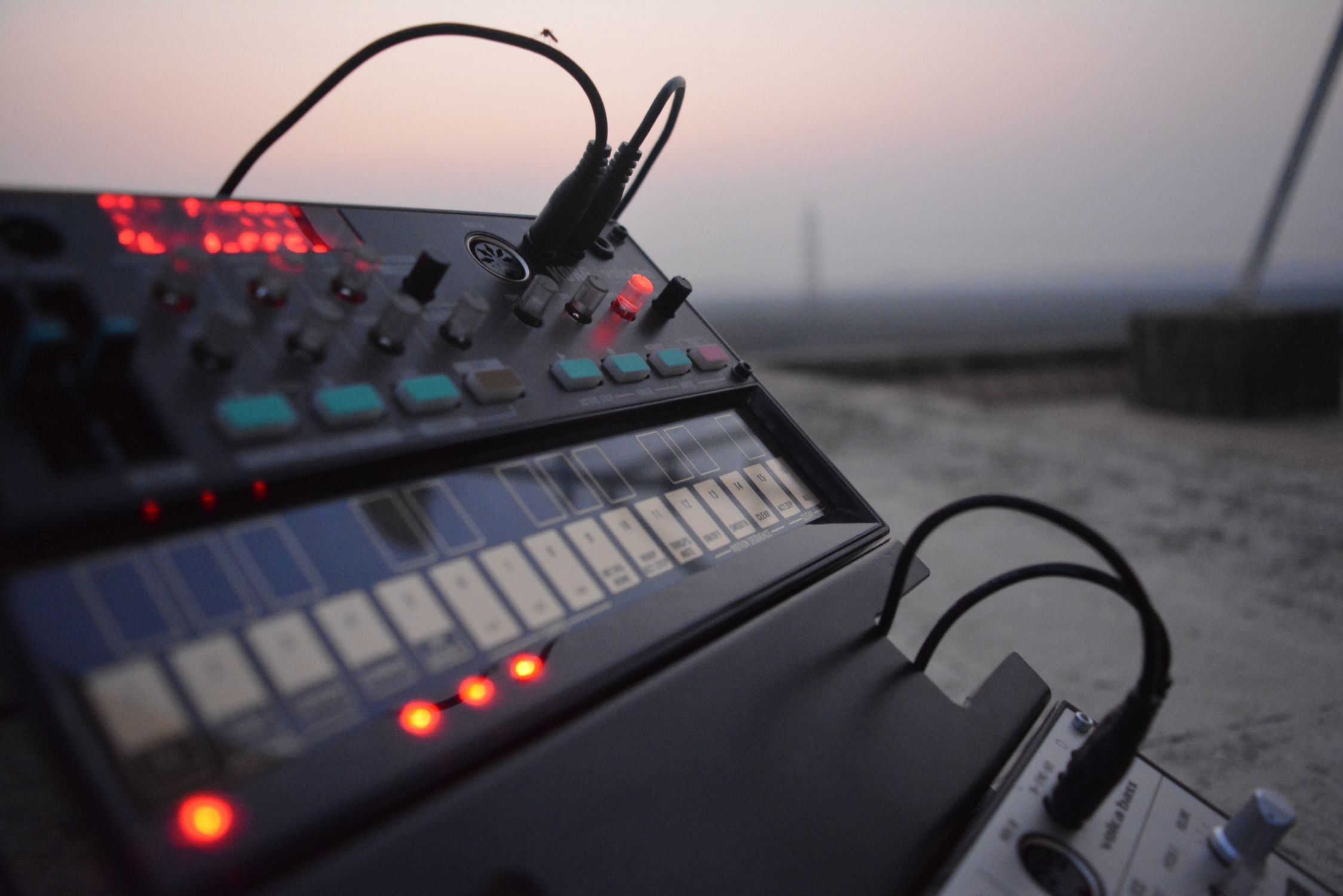Fill out your details and our executive will get in touch with you soon.











































































































































Knowing how to use mixers and amplifiers effectively can make a significant difference in an audio/visual (A/V) experience. Acoustic equipment such as mixers and amplifiers are used to create an optimum audio/visual environment, ensuring that the video and sound are in sync and making the A/V experience more enjoyable to the audience. Today, technology has progressed to the point where these two tasks, sound amplification and mixing, have been combined into a single device known as a Mixer Amplifier. Before we go into the specifics of the mixer amplifier, let's define what an amplifier and what a mixer are.
An amplifier or amp is an electronic device that can increase the power of a sound signal. It is a two-port electronic circuit that uses electric power from a power supply to increase the amplitude of a signal applied to its input terminals.
A device that modulates the loudness of a sound signal is known as an amplifier, or amp. The signal is usually a current or a voltage. Electronic amplifiers on the market today are effective at amplifying sound signals such that audio can reach the far corners of a large space.
The two most significant components of an amplifier are 1) the transfer function and 2) the amplifier's gain. The transfer function determines the relationship of the input to the output of the amplifier. The gain refers to the magnitude of the transfer function, which affects the relationship between the amplifier's input and output.
There are situations at which you can find yourself in a position where you need to make your audio track more adaptable. Various sound sources must sometimes be integrated with the video source during an A/V session. Because there are so many different audio sources involved in this process, using mixers is the best approach to flawlessly merge the audio and video.
A mixer is an electronic device that is used to alter the quality and intensity of audio signals. It's also known as a soundboard, an audio mixer, or a mixing console. The most convenient approach to route or combine numerous audio signals, as well as adjust the timbre and dynamics of the sound, is to use a mixer. Today's high-end mixers can seamlessly mix analogue and digital signals, allowing the audio to seamlessly connect with the video for a totally consistent and coherent A/V experience.
There are basically three types of mixers. Analog, Digital, Powered Mixer
Analog mixers adjust the volume and tone of input audio signals. The majority of the control knobs and faders are located on the top panel, making it simple to understand the signal flow and audio state. Using analogue mixers is typically a simple operation.
Digital mixers use digital signal processing technologies to process audio signals and modify their volume and tone. Digital processing allows for several types of tone control that would be hard to achieve with analog technology. The locations of faders and knobs can be saved in digital mixers and recalled instantly. Even when the number of channels grows, the faders and knobs fulfill a variety of purposes, allowing the machine to stay compact. In general, setting up a digital mixer effectively takes more knowledge, but it offers significantly more functionality than an analog mixer.
Analog mixers with built-in power amplifiers are referred to as "powered mixers." As a result, sound can be played directly through speakers when connected to a powered mixer. Powered mixers can be utilised by simply turning on the power in situations where the same equipment is always connected, making operation easier and more convenient.
Powered mixers are commonly referred to as Mixer Amplifiers. They work with non-powered Public Address Speakers.
Mixers and amplifiers are used in more than just conference rooms and A/V presentations. They can also be found in a wide range of applications and situations, including recording studios, sound reinforcement systems, and public address systems, as well as television, broadcasting, and film post-production.
When sound from two independent microphones is directed to a single set of speakers at the same time, amplifiers and mixers are used. When two vocalists perform together in a live concert, this is a common scenario. In addition, the mixer's signal is transmitted straight to the amplifier.
Mixer Amplifiers or Powered mixers are beneficial in a variety of settings, such as when a band transports their own PA to gigs, because they make transportation and setup easier. A mixer is commonly used to blend live audio from a band. Mics, guitars, drums, organ, special effects, and other instruments all need to be amplified and fed into the PA speakers. The mixer is used to condition these signals, as well as establish their relative volumes and feed them to the power amplifier.
These two functions, such as blending and amplifying, can be performed by a powered mixer or a mixer amplifier on their own. That is the biggest significance of this device. The majority of today's powered mixers include built-in effects, decreasing the need for external devices.
Increased size, weight, heat, and power consumption, as well as a lack of flexibility when more speakers or more power are required, are the downsides. They could be perfect for long-term installation in tiny venues that offer music, comedy, or other forms of entertainment.
Manufacturers and distributors of Mixer Amplifiers, Norden Communication Pvt Ltd has been a pioneer. The house of Norden offers nine different product lines of mixer amplifiers.
The Integrated Mixer Amplifier is a 6-zone mixer amplifier with U disk, SD card, tuner, radio, Bluetooth, zones, and timer capabilities. This model offers a variety of features, such as playing song files, radio, and setting a timer, among others. The operation is highly straightforward and user-friendly, with touch screen control and a graphical interface.
The NVS-90130256MA series is a public address amplifier with an MP3 player, FM tuner, 6 zone zone splitter, preamplifier, and power amplifier. There are three line inputs, one line output, and two MIC inputs on this amplifier. The front-panel MIC 1 interface has the highest priority level. Each audio input has its own volume control knob (including the built-in MP3 player and FM tuner). There are treble and bass adjustment knobs on the preamplifier. Each of the six zones has its own switch and output voltage of 100V. A switch controls the on/off of all 6 zones, and an LED panel displays the state of the system.
The NVS-90020121MA is a 120W budget mixing amplifier. It features three microphone inputs and two aux inputs, with Mic 1 having priority and muting. There are bass and treble settings, as well as a master volume control. Short circuit and heat protection, as well as a current limiter and overloading prevention, are all included in the complete protection package. This amplifier can be used in a variety of situations, including supermarkets, classrooms, and so on.
Check out our entire collection of Mixer Amplifier series here.
Please contact us for expert assistance in selecting the appropriate mixing amplifier for your needs. Call us at +44 (0) 1255 474063 or mail us at sales@norden.co.uk.

















